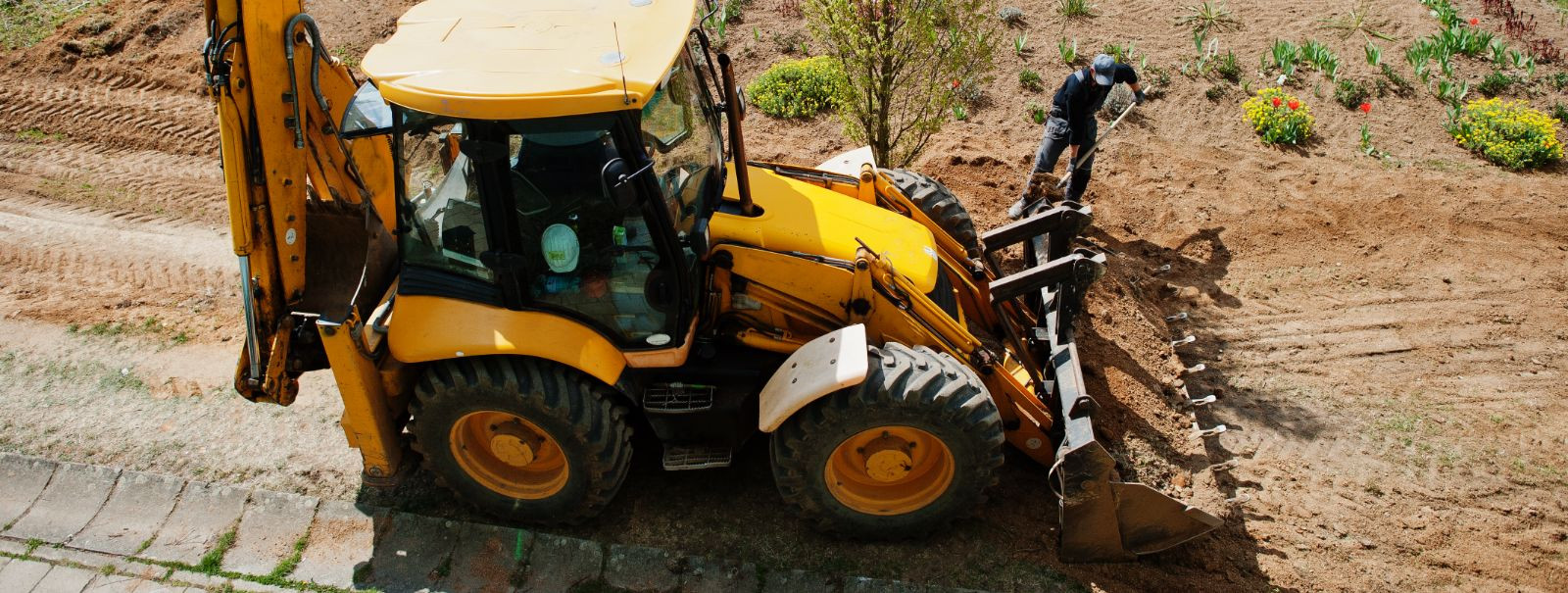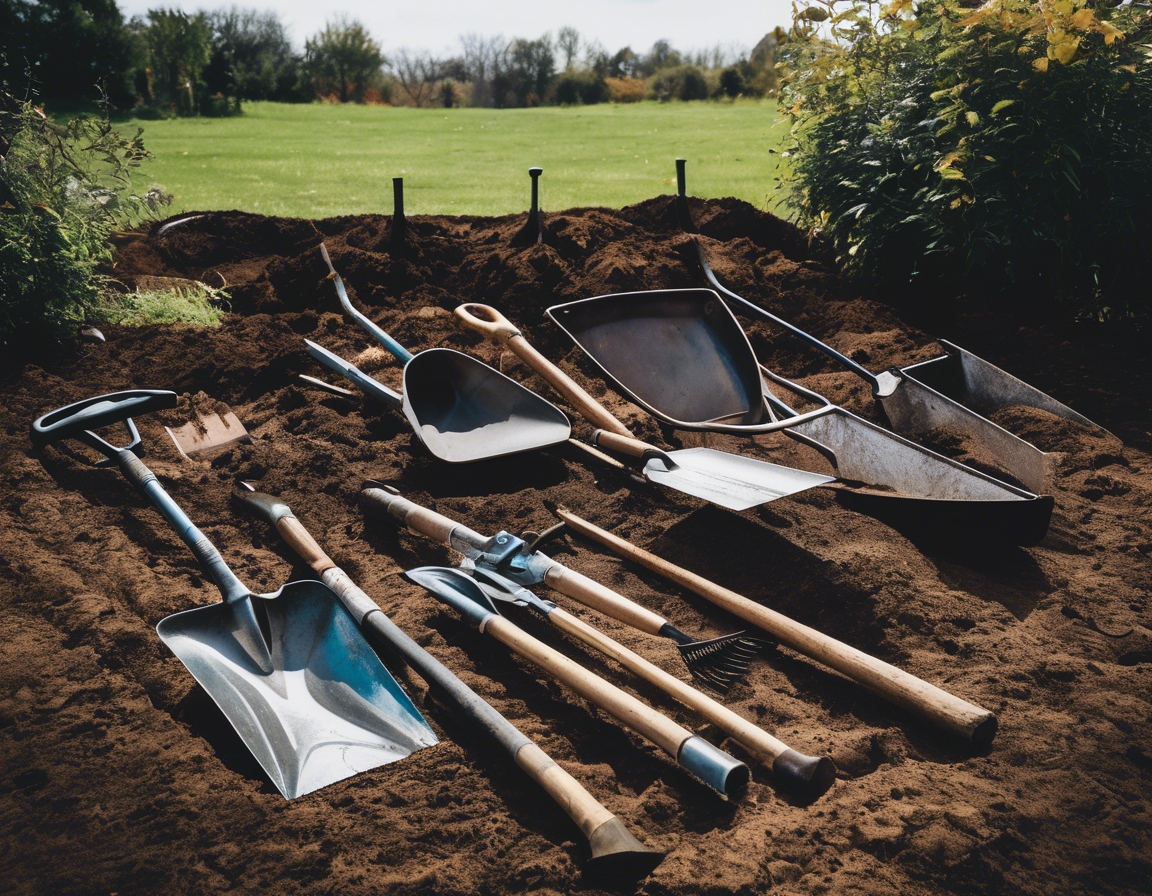Sustainable landscaping: eco-friendly practices
Sustainable landscaping is an approach to designing and maintaining gardens and outdoor spaces that prioritizes environmental health, economic viability, and social equity. It involves using practices that are environmentally friendly, resource-efficient, and supportive of local ecosystems. As urban and suburban areas continue to expand, the need for sustainable landscaping becomes increasingly critical to mitigate environmental impacts and promote biodiversity.
Benefits of Eco-Friendly Landscaping Practices
Eco-friendly landscaping practices help reduce pollution, conserve water, and enhance biodiversity. By using native plants and reducing chemical inputs, sustainable landscapes support local wildlife and improve air and water quality.
Sustainable landscaping can lead to significant cost savings over time. By reducing water usage and maintenance needs, property owners can lower their utility bills and maintenance costs. Additionally, sustainable landscapes can increase property values by enhancing aesthetic appeal and environmental responsibility.
Eco-friendly landscapes provide social benefits by creating healthier, more attractive environments for communities. They offer spaces for recreation and relaxation, improve mental well-being, and foster a sense of community pride and stewardship.
Key Principles of Sustainable Landscaping
Water conservation is a fundamental principle of sustainable landscaping. Techniques such as drip irrigation, rainwater harvesting, and the use of drought-tolerant plants help minimize water usage and preserve this vital resource.
Maintaining healthy soil is crucial for sustainable landscaping. Practices such as composting, mulching, and avoiding chemical fertilizers enhance soil fertility and structure, promoting robust plant growth and reducing erosion.
Choosing native plants is essential for creating sustainable landscapes. Native species are adapted to local climate conditions, require less water and maintenance, and provide habitat for local wildlife.
Energy efficiency in landscaping involves using design strategies that reduce energy consumption. This includes strategic planting for shade and windbreaks, which can lower heating and cooling costs for buildings.
Eco-Friendly Landscaping Techniques
Xeriscaping is a landscaping method that reduces or eliminates the need for irrigation. By using drought-resistant plants and efficient irrigation systems, xeriscaping conserves water and reduces maintenance.
Rain gardens are designed to capture and filter rainwater runoff, reducing pollution and recharging groundwater supplies. They are planted with water-tolerant species that thrive in wet conditions.
Composting and mulching are practices that recycle organic waste into valuable soil amendments. They improve soil health, retain moisture, and suppress weeds, reducing the need for chemical fertilizers and herbicides.
Integrated Pest Management (IPM) is an eco-friendly approach to pest control that minimizes chemical use. It involves monitoring pest populations, using biological controls, and applying targeted treatments only when necessary.
Implementing Sustainable Landscaping in Urban and Suburban Areas
Implementing sustainable landscaping in urban and suburban areas presents challenges such as limited space, soil contamination, and regulatory constraints. Solutions include innovative design, community collaboration, and policy advocacy to promote sustainable practices.
Technology plays a vital role in sustainable landscaping by providing tools for efficient design, monitoring, and maintenance. Smart irrigation systems, landscape design software, and environmental sensors are examples of technology that enhance sustainability.
Community involvement is crucial for the success of sustainable landscaping initiatives. Engaging residents in planning, planting, and maintaining landscapes fosters a sense of ownership and ensures long-term sustainability.






Comments (0)